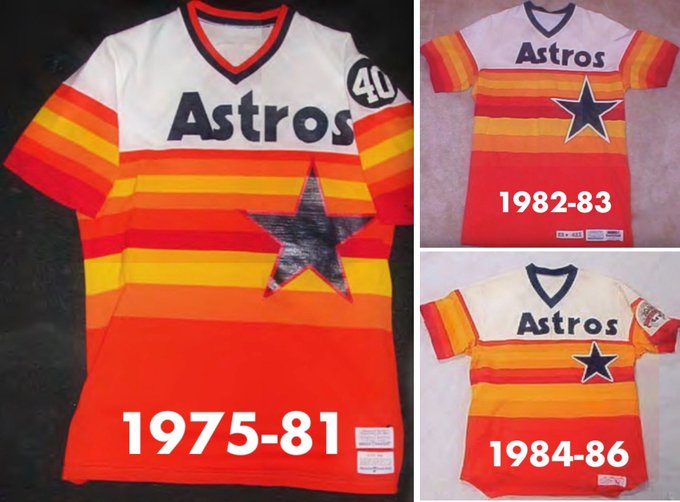
A LITTLE #TBT ACTION IN HONOR OF THE ASTROS' BIG WIN!
All the colors (and facts) of Houston's rainbow
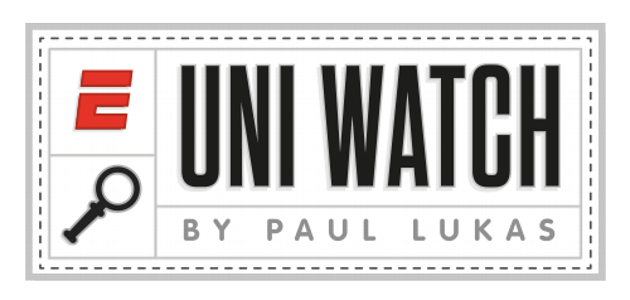
The Houston Astros wore their 1970s rainbow throwbacks last weekend. As usual, this made for a lot of happy people, because everyone loves the rainbow uniforms -- not just Astros fans, but pretty much all baseball fans. It's one of those rare things that everybody can agree on.
The rainbow uniform was introduced in 1975. It was a radical design for its time -- nothing remotely like it had ever appeared on a baseball diamond. It was also the perfect embodiment of MLB's Technicolor era, as a variety of factors (new fabrics, new tailoring concepts, the rise of color television, the loosening of longstanding cultural dress codes) helped to reshape the idea of what a baseball uniform could be.
The Astros wore the rainbows through 1986. More than three decades later, the rainbow design is now entrenched as part of MLB's visual bedrock (the Astros have worn it as a throwback at least nine times since 1999). While time may have made this uniform more familiar, it hasn't softened its audacity. It's still a radical design, and it's still unlike anything ever seen on a big league diamond. It's simultaneously dated and timeless. It is, essentially, a category unto itself.
Moreover, while the rainbow uni has become a fan favorite over the years, it has lots of nuances and details that many fans are unaware of. With that in mind, here are 10 things you might not know about one of baseball's most notable uniforms.
1. The rainbow uni was designed by an ad agency. If you've ever looked at the rainbow uni and wondered who dreamed it up, the answer is the advertising firm McCann Erickson, which was hired by the Astros to redesign the team's look for the 1975 season. It would be fascinating to see the company's original files and to know the identities of the people who worked on the project, right? The good news in that regard is that McCann Erickson still exists (it's now known simply as McCann). The bad news is that a company spokesman said the firm no longer has any original sketches or other archival paperwork. The Astros haven't saved any original documents, either. Sigh.
But there is one artifact from the rainbow project that gives us a hint to how the design was developed. And that leads us to ...
2. The original prototype uniforms don't match the final product.Creating a uniform design often entails the production of at least one prototype uni so the team can see how the design looks on a real person, and then the design is often revised or tweaked after the prototype stage. In the case of the rainbow design, an early prototype showed a white cap with a new logo, a white star on the jersey (this was later changed to navy because it was feared that the white star could be used to "hide" a pitch) and a lower placement for the number on the pant leg.
The prototype cap design has become somewhat legendary among cap collectors -- so legendary, in fact, that a reproduction of it has been made available for sale.
3. There were no separate home and road versions. Nowadays, teams tend to pad their wardrobes with alternate jerseys and caps, mainly so they have more items to sell at retail. Uniform retailing didn't yet exist in the 1970s, and the Astros felt that their new design was so revolutionary that there was no need for separate home and road versions. For the first five seasons of the rainbow era, the same white-based jerseys were paired with the same white pants for every game. That changed in 1980, when a modified road version was introduced.
4. It wasn't just the jerseys. The team's design program originally included rainbow-striped stirrups (which fell by the wayside almost immediately), rainbow warm-up jackets, and rainbow polos for the training staff.
5. The back of the jersey changed a lot. The original rainbow jersey was almost as flashy from the back as it was from the front, with an eye-popping bull's-eye concept and a circus font for the uniform number. Unfortunately, this design lasted only one season and was replaced by a series of more conventional number treatments.
6. The front of the jersey changed a bit, too. Probably only the most sharp-eyed fans noticed, but the star on the front of the rainbow jersey evolved over the years. For the first seven seasons of the rainbow era, the star had an orange outline. Then the outline was changed to white (an improvement!), and then the star got smaller.
7. The number on the pants was unusual but not unprecedented. One of the strangest-looking things about the rainbow design was the placement of a uniform number on the right pant leg, something most baseball fans had never seen before. But numbers on the pants had actually been worn by a fair number of Negro League teams over the years (and still show up nowadays on Negro League throwbacks).
While the Astros' pant leg numbers may not have been unique, they still had a ripple effect, at least in Chicago, where the White Sox wore numbers on their thighs for two different generations of uniforms.
8. The rainbow design made it into the Congressional Baseball Game. Several 1970s and '80s politicians wore the rainbow uniform in the annual Congressional Baseball Game, most notably Houston-area Congressman Ron Paul, who in 1979 hit the first home run in the game's history (later immortalized in a "Ripley's Believe It or Not!" comic strip). And in a bonus bit of trivia for uniform enthusiasts, he wore his full name on the back of his jersey.
Four years later, in 1983, Paul was again wearing the rainbow stripes when he went 2-for-3 with a two-RBI double, and he also reached base as a hit batsman and on catcher's interference. His exploits from that game have been preserved on video:
9. There's a nickname mystery. Although "rainbow" is the most commonly accepted term for these uniforms, many people also refer to the design by another name: tequila sunrise, for obvious reasons. Who came up with that nickname, and when? Research by uniform designer/historian Todd Radom has found that sports columnist Shelby Strother was using the term back in February 1980 -- the earliest known reference so far. Unfortunately, Strother is now deceased, so we can't ask him if he came up with the nickname. (If anyone knows more about this, you know what to do.)
10. The rainbow lives on. Although the rainbow uniform was retired after the 1986 season, it has managed to maintain a presence. For one thing, the Astros keep reviving it as a throwback. For another, there are clear echoes of the rainbow design in the Astros' Sunday jerseys, their new socks, and even their ballpark vendors' uniforms.
An even greater validation can be found outside of MLB, where countless college, high school and recreational baseball teams have adapted and adopted the rainbow design. It's reached the point where sportswear manufacturers routinely offer the rainbow template in their uniform catalogs -- a remarkable achievement for a design that was considered heretical when it debuted in the 1970s.
At one point the rainbow design was so influential that its reach extended beyond the baseball diamond and onto the basketball court:
We could go on -- the rainbow uni presents a deep, deep rabbit hole -- but that's enough for now. Well, except for this: The Astros should really bring back the rainbows more than once a year. Make them the Sunday home uni, or the Thursday throwbacks, or something like that. Come on, Astros -- you know you want to.
(Special thanks to Mike Acosta and Bill Henderson for research assistance.)
Paul Lukas likes the rainbow design so much that he used it as the basis for a Uni Watch T-shirt. If you like this column, you'll probably like his Uni Watch Blog, plus you can follow him on Twitter and Facebook. Want to learn about his Uni Watch Membership Program, check out his Uni Watch merchandise, be added to his mailing list so you'll always know when a new column has been posted, or just ask him a question? Contact him here.


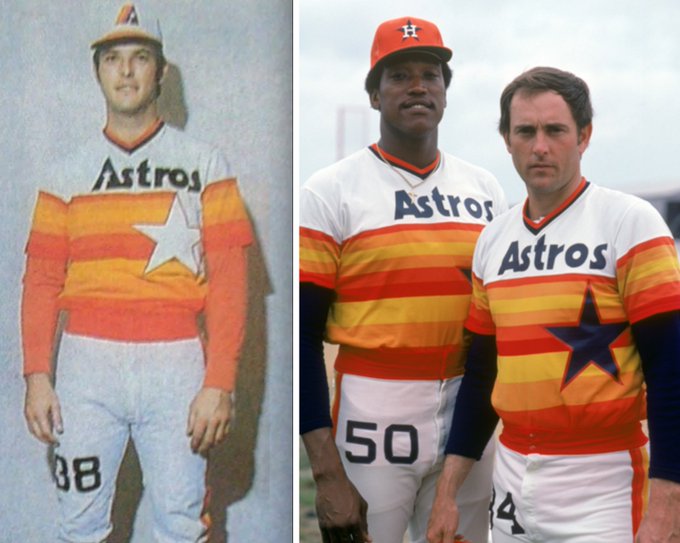

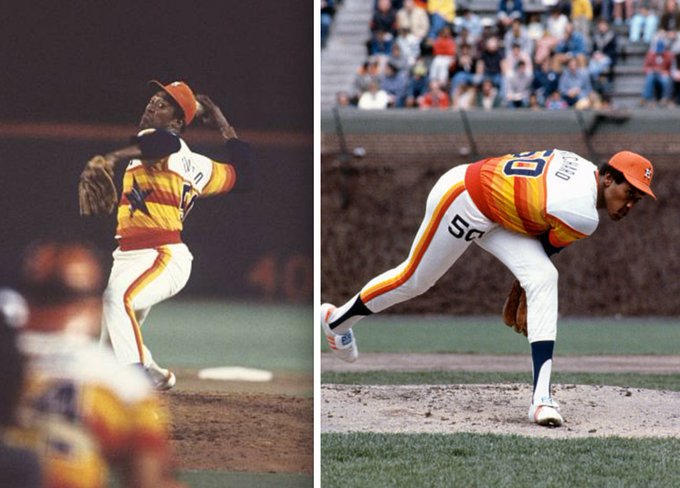
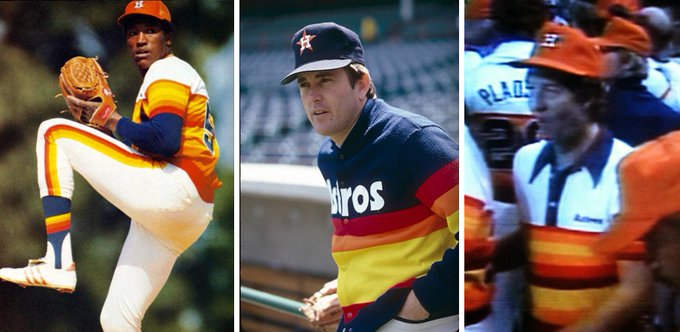
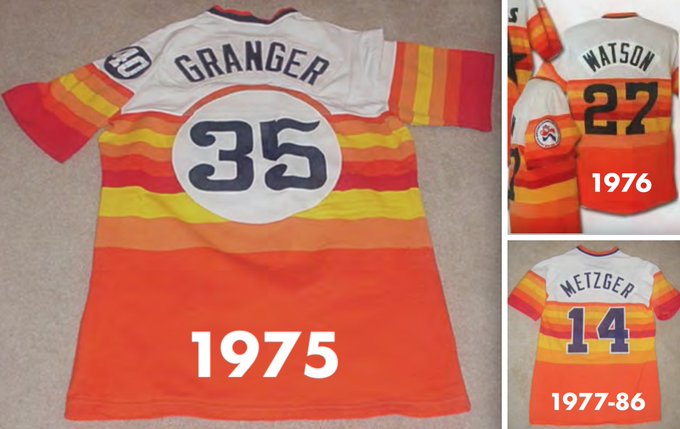
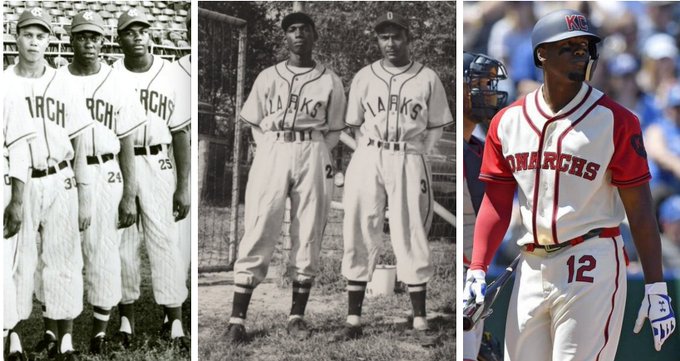


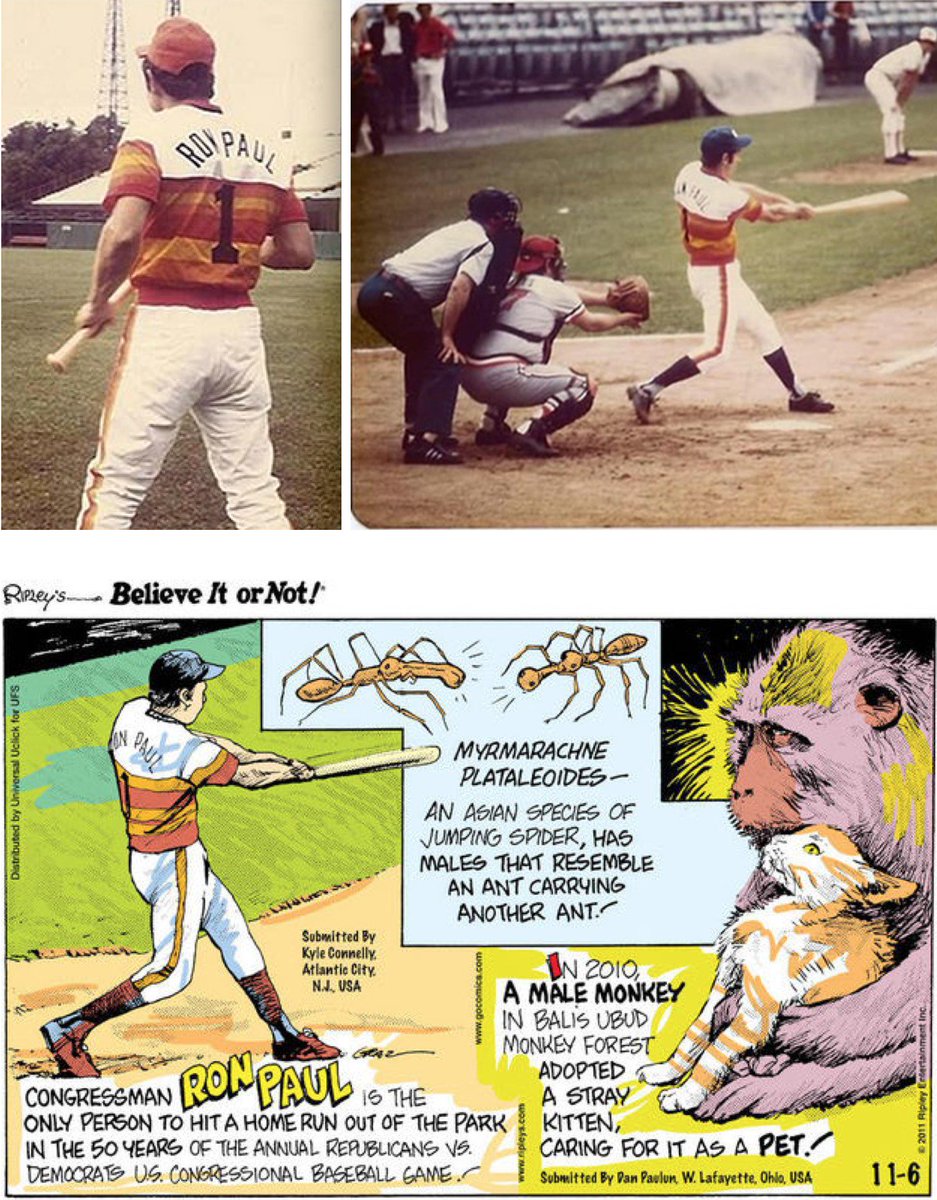
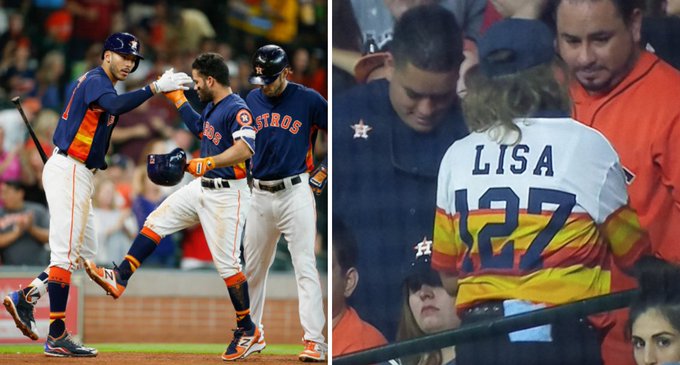
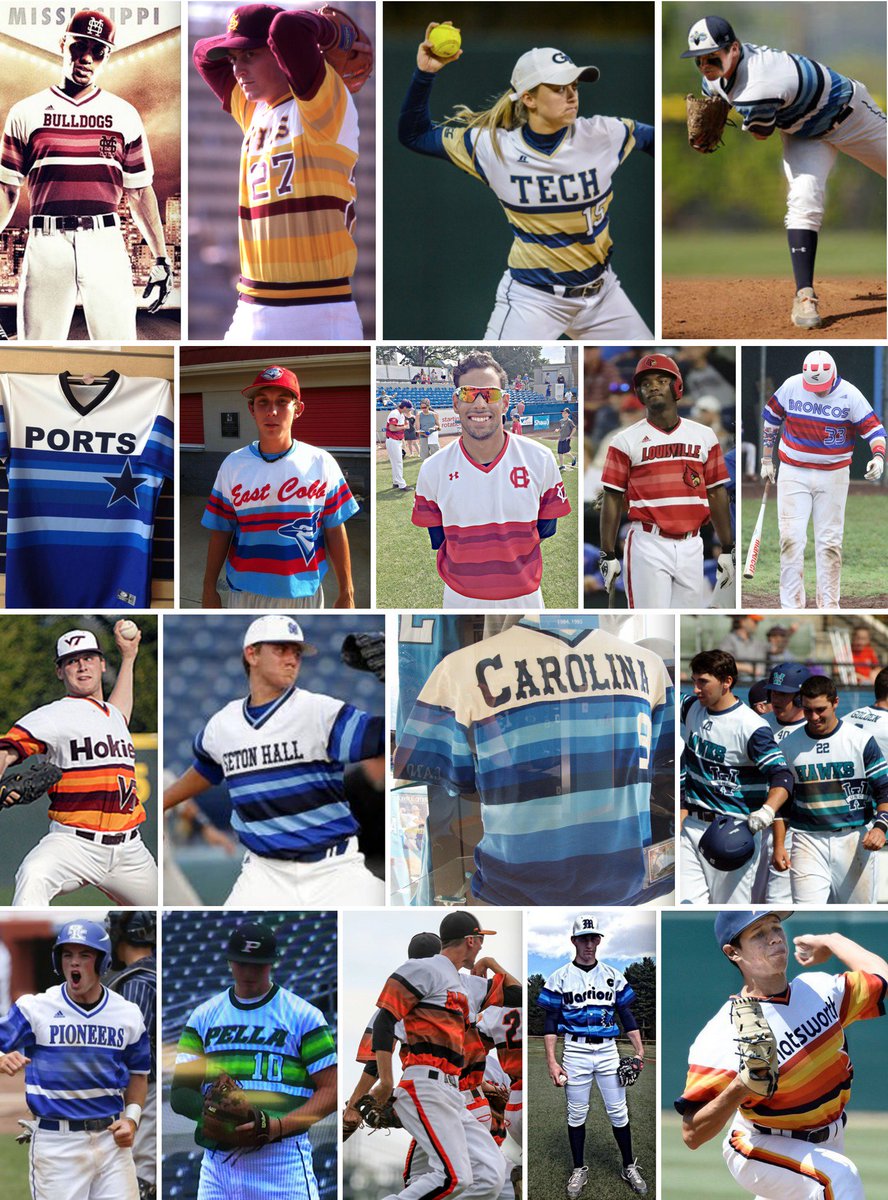
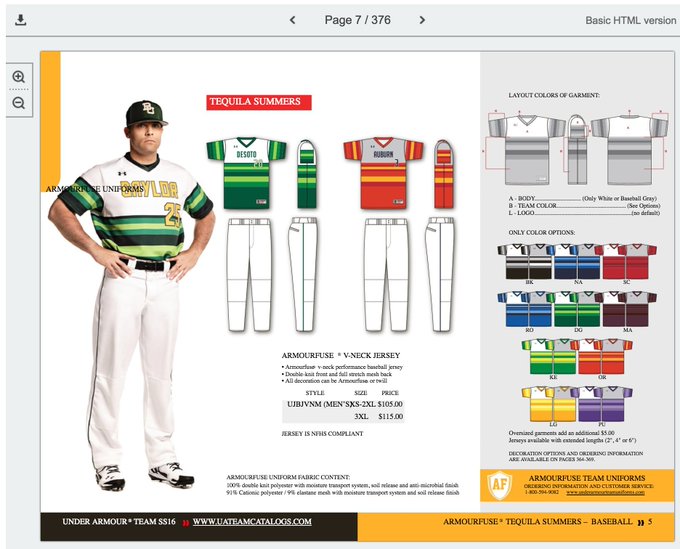

No comments:
Post a Comment